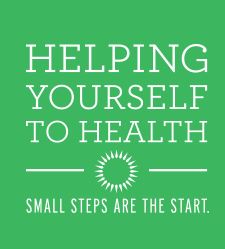The Safest Way to Sit
 You may have heard that sitting for prolonged periods is not the best habit for our health. The more we can get up and move our bodies the better. In reality, most of us find ourselves in situation that may require sitting for some amount of time. When this happens, the best thing we can do is make sure that we are sitting in the best position for our bodies. Check out the tips below on proper alignment when you have to take seat.
You may have heard that sitting for prolonged periods is not the best habit for our health. The more we can get up and move our bodies the better. In reality, most of us find ourselves in situation that may require sitting for some amount of time. When this happens, the best thing we can do is make sure that we are sitting in the best position for our bodies. Check out the tips below on proper alignment when you have to take seat.Head and Neck
Eyes should be about level with the top of the computer screen or the top third of the monitor. You
eyes drift down naturally when you need to glance at the bottom of the screen without straining your neck. It's also important to face the screen straight on. This can be a challenge for those who work with two monitors; always try to be aware of keeping your shoulders and hips in alignment.
Arms and Elbows
 Leaning on an arm rest can help keep you from slouching but can also cause you to painfully scrunch up your shoulders. Arm rests should be positioned at a height where you can comfortably keep your shoulders back and down, while still being able to reach the keyboard or mouse without stretching. Elbows should also ideally be at 90 degrees, so your forearms are roughly parallel to the floor.
Leaning on an arm rest can help keep you from slouching but can also cause you to painfully scrunch up your shoulders. Arm rests should be positioned at a height where you can comfortably keep your shoulders back and down, while still being able to reach the keyboard or mouse without stretching. Elbows should also ideally be at 90 degrees, so your forearms are roughly parallel to the floor.Lower Back
Many newer office chairs are designed with lower-back support built in, but if yours isn't, simply placing a pillow or support tool at the small of your back can help. The idea is to maintain the natural, reverse-C shaped curve in your lower back.
Legs
If your knees are higher than your hips, your chair is probably too low, while knees that are much lower than the hips mean your chair is probably too high. Ideally, your knees will be just slightly lower than your hips, allowing your thighs to be parallel to the ground and your lower legs perpendicular.
Feet
Both feet should be firmly planted on the ground so that that ankle joint can also be at 90 degrees. If you find your feet dangling off the floor, gravity may be pulling your back out of its natural curve. A foot rest, wedge or shoe box can help with this adjustment.
.png)


.png)

Comments
Post a Comment